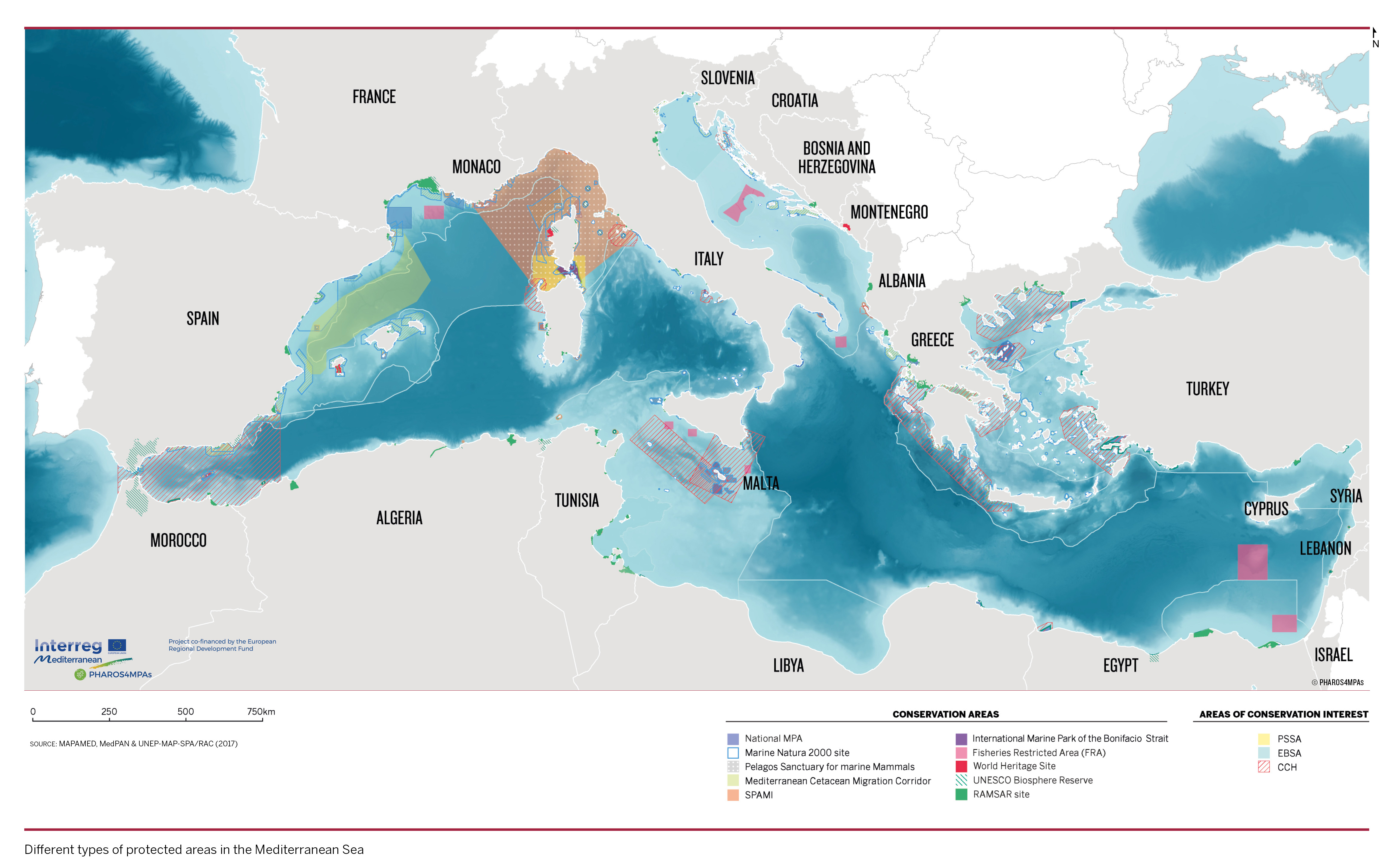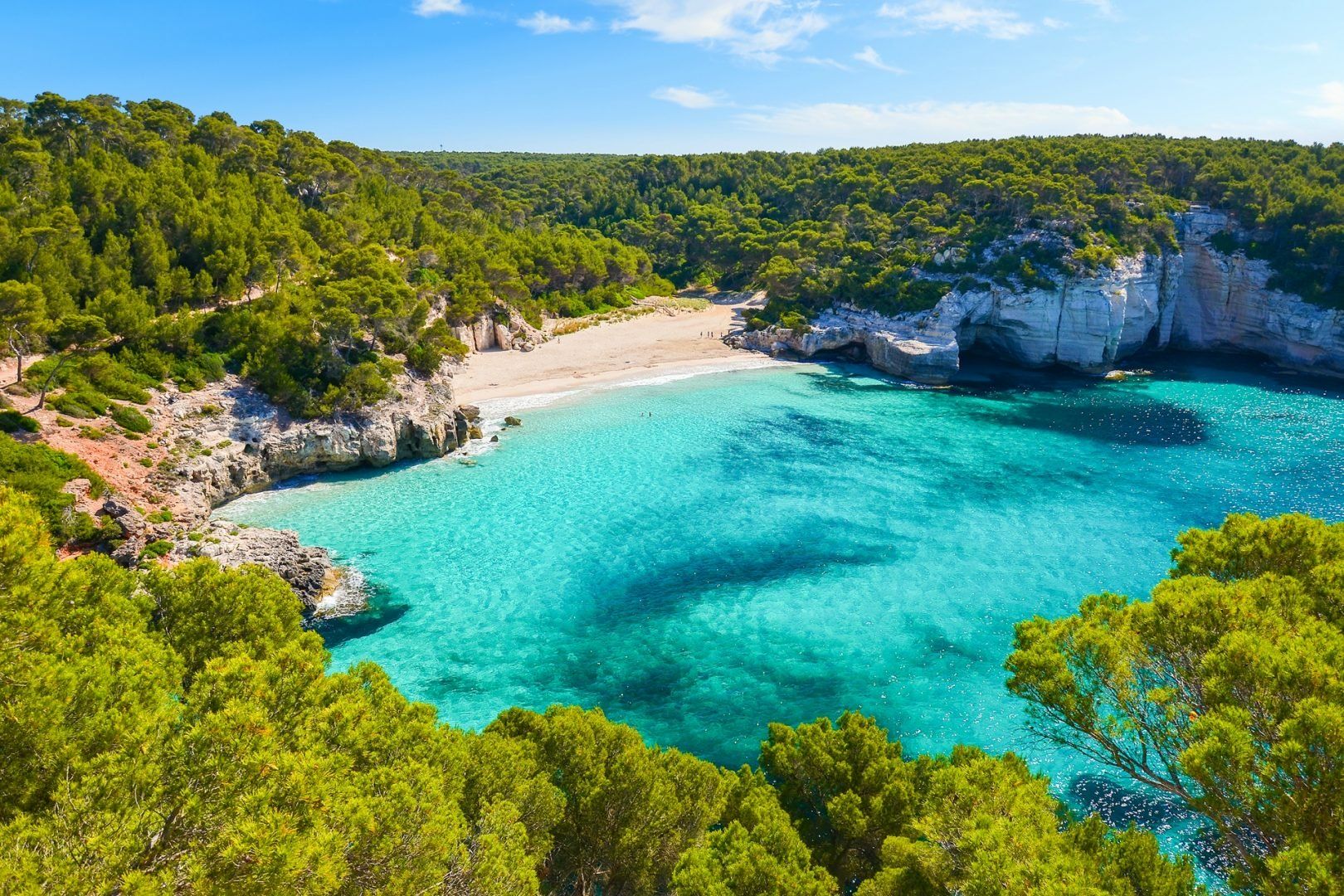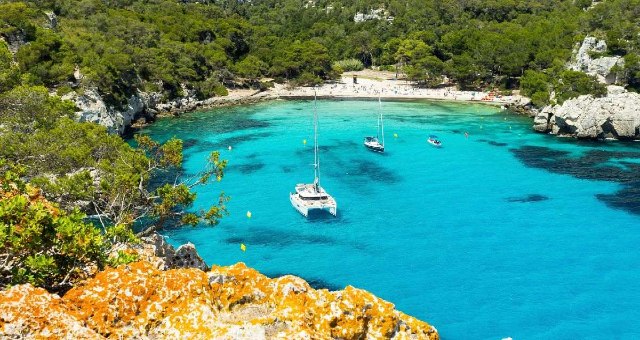The Balearic Sea, a vital body of water in the western Mediterranean, is more than just a scenic backdrop for tourism—it’s a complex ecosystem with deep historical and environmental significance. Located between mainland Spain and the Balearic Islands, this sea plays a crucial role in shaping the region’s geography, economy, and marine biodiversity. As the United States continues to engage with global environmental and travel trends, understanding the Balearic Sea becomes increasingly relevant.
In this article, we’ll explore everything you need to know about the Balearic Sea, from its geographical features to its ecological importance and the challenges it faces today.
Geographical Overview of the Balearic Sea
The Balearic Sea lies off the eastern coast of the Iberian Peninsula, serving as a natural boundary between mainland Spain and the Balearic archipelago. This sea is defined by its surrounding landmasses, with the eastern coast of Spain to the west and the four main islands—Majorca, Menorca, Ibiza, and Formentera—to the east. These islands act as a natural barrier, creating a unique microcosm within the broader Mediterranean basin.
The sea also functions as a transitional zone between the Liguro-Provençal Basin to the north and the Algerian Basin to the south. Water from the Atlantic flows through channels such as the Mallorca and Ibiza channels, influencing the sea’s circulation patterns and oceanographic properties. This dynamic exchange of water masses contributes to the diversity of marine life found in the area.
Marine Ecosystems and Biodiversity

One of the most remarkable features of the Balearic Sea is its extensive underwater meadows of Posidonia oceanica, commonly known as Neptune grass. This flowering plant forms vast underwater prairies that are essential to the local marine ecosystem. These meadows serve as habitats and nurseries for numerous marine species, providing shelter and food for a wide range of organisms.
Beyond their ecological value, these seagrass beds play a critical role in coastal stability. Their root systems anchor the seabed, preventing erosion from wave action and storms. Dead leaves that wash ashore form natural barriers called “banquettes,” which protect the beaches from further degradation.
In addition to Posidonia oceanica, the Balearic Sea supports a rich array of marine life, including loggerhead sea turtles, various dolphin species, and important commercial fish populations. Many of these species depend on the seagrass beds for breeding and protection during their early life stages.
Environmental Challenges and Conservation Efforts

Despite its beauty and ecological significance, the Balearic Sea faces several environmental challenges. The high volume of tourism in the region has led to increased pollution, including plastic waste and untreated wastewater, which degrades water quality. Overfishing has also impacted local fish stocks, while the anchoring of boats poses a direct threat to the delicate Posidonia oceanica meadows.
To address these threats, significant conservation efforts have been implemented. The establishment of Marine Protected Areas (MPAs) is a key strategy for safeguarding biodiversity and allowing ecosystems to recover. One prominent example is the Cabrera Archipelago Maritime-Terrestrial National Park, located south of Majorca. This highly protected zone allows marine life to thrive with minimal human disturbance.
Other initiatives focus specifically on the preservation and restoration of Posidonia oceanica meadows. These include monitoring the health of the meadows, regulating anchoring activities, and undertaking replanting efforts in degraded areas. Such measures reflect a broader commitment to ensuring the long-term health of the Balearic Sea’s marine heritage.
Economic and Cultural Significance

Tourism is the dominant economic activity in the Balearic Islands, with the Balearic Sea playing a central role in attracting visitors. The region’s enchanting coves, beautiful sunsets, and lush landscapes make it a popular destination for both relaxation and adventure. From quiet fishing villages to vibrant nightlife, the islands offer a diverse range of experiences.
However, the reliance on tourism also brings challenges. Seasonal employment patterns mean that much of the workforce is idle during the winter months. Additionally, the influx of tourists can strain local resources and contribute to environmental degradation if not managed responsibly.
Culturally, the Balearic Sea has influenced the region’s history and traditions. The islands have a rich maritime heritage, with influences from various civilizations, including the Romans, Moors, and later European powers. Today, the sea remains a symbol of the region’s identity and connection to the wider Mediterranean world.
Conclusion: The Future of the Balearic Sea
The Balearic Sea is a unique and vital part of the Mediterranean ecosystem, offering both natural beauty and ecological importance. Its underwater meadows, marine biodiversity, and cultural significance make it a valuable resource for the region. However, the challenges it faces—from pollution to overfishing—highlight the need for continued conservation and sustainable management.
As the United States and other global powers increasingly focus on environmental sustainability and responsible tourism, the Balearic Sea serves as an important case study. By learning from the efforts to protect this marine environment, we can better understand how to preserve similar ecosystems around the world.
Meta Title: US Trending News: Balearic Sea Insights
Meta Description: Discover everything about the Balearic Sea, from its geography to its environmental challenges. Stay updated with the latest news.
CTA: Stay updated with the latest news and insights on the Balearic Sea and its global significance.
Author: Alex Carter
Title/Role: Environmental Journalist
Credentials: With over a decade of experience covering global environmental issues, Alex has reported on marine conservation, climate change, and sustainable tourism across Europe and beyond.
Profile Link: https://www.alexcarterjournalism.com
Sources:
1. Encyclopedia Britannica – Balearic Islands
2. World Wildlife Fund – Marine Protected Areas
3. European Environment Agency – Mediterranean Sea
Internal Links:
– Marine Conservation Efforts in the Mediterranean
– Sustainable Tourism Practices
– Global Environmental Trends
Schema Markup:
{
"@context": "https://schema.org",
"@type": "Article",
"headline": "Everything You Need to Know About the Balearic Sea",
"description": "Discover everything about the Balearic Sea, from its geography to its environmental challenges.",
"author": {
"@type": "Person",
"name": "Alex Carter"
},
"datePublished": "2025-04-05",
"dateModified": "2025-04-05",
"mainEntityOfPage": {
"@type": "WebPage",
"@id": "https://www.alexcarterjournalism.com/balearic-sea"
}
}
Featured Snippet:
The Balearic Sea is a body of water in the western Mediterranean, separating mainland Spain from the Balearic Islands. It is home to extensive Posidonia oceanica meadows, which support diverse marine life and help prevent coastal erosion. Conservation efforts are ongoing to protect this ecologically significant region.











More Stories
US Trending News: How to Claim Your Joy: A Guide to Finding Happiness and Inner Peace
US Trending News: Explore Www.hobbylobby.com: Your Ultimate Guide to the Official Site
When Is Trick Or Treating in 2024: A Complete Guide for Halloween